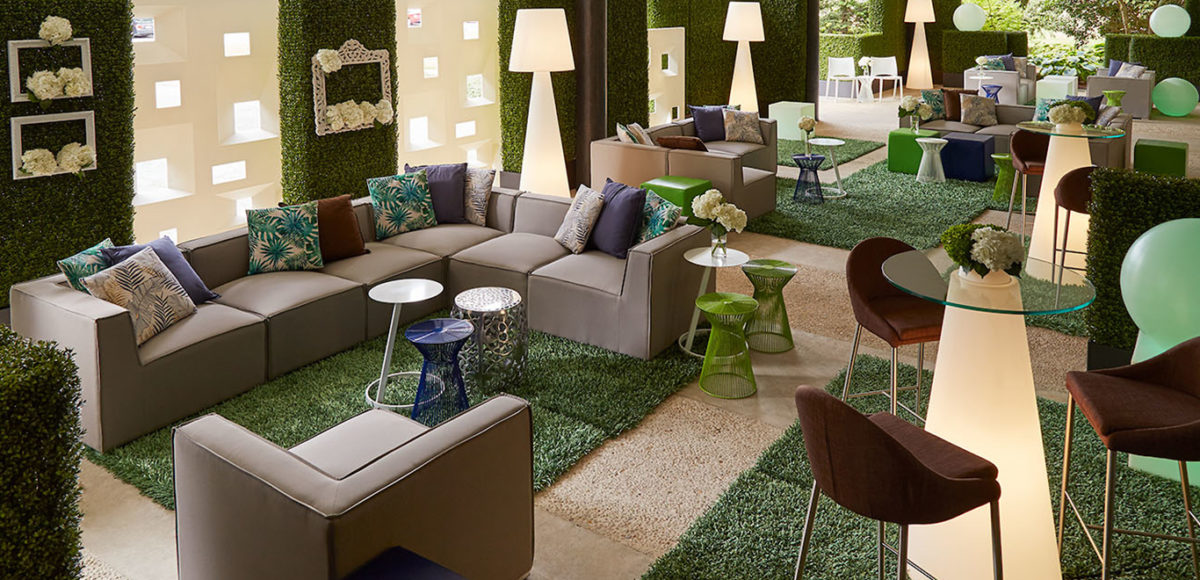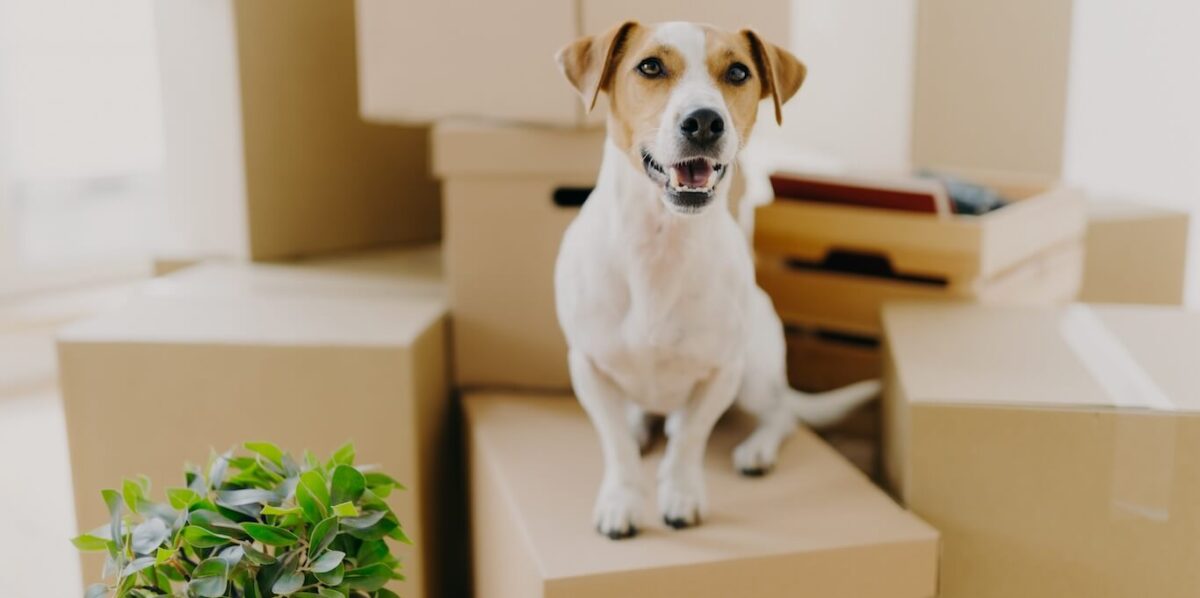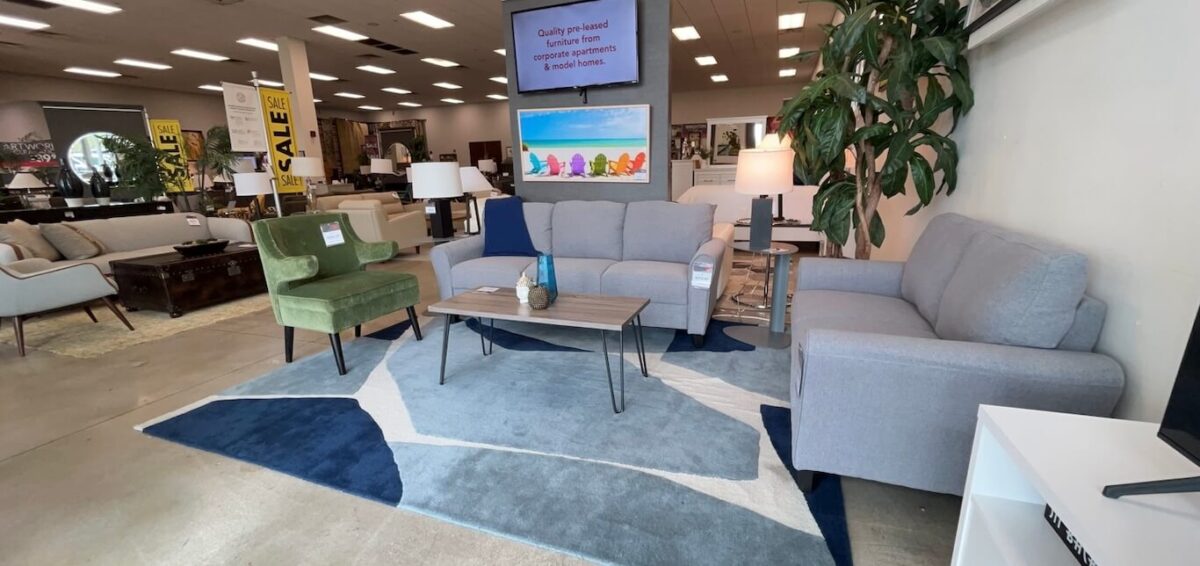Decorations, flowers, furniture rental and invitations are all common tasks to tackle when planning a large event. But without power, the show simply won’t go on. While it may seem like all you’ll need is a couple generators, the process is more complicated and requires a lot of planning. Learn the basics of how to power your party with these quick tips.
Know How Much Power You Need
The most common challenge when powering an event is not allowing for enough power for the different types of equipment in use. Older venues and residential events will not always have enough circuits to support multiple 100-cup coffee makers, a warming oven and the microwaves and dishwashers that are already plugged in. Having a quick resource guide to know how much power each piece of equipment draws and a basic understanding of plugs and circuits goes a long way towards mitigating a power disaster on the day of the event.
Understand: What is a Watt?
Before you power your event, you’re going to need to know the basics. A watt is a unit of power. There are two kinds of watts. Running watts are the continuous watts produced to keep items running. Starting watts are the extra power needed to start large motor-driven appliances or multiple items. Typically, the more watts you have at your disposal, the more items you can power up. An amp is a measure of electric current and voltage is a measure of pressure. Watts divided by voltage equals amps.
To understand how this equation affects your event, let’s say you are using one full-size, 2,000- watt warming oven. This requires 115 volts of energy so it will use 17 amps. If this is going through a 20-amp circuit, you won’t have much current left to run everything else. This is where a generator comes in. Overloading the circuit degrades the insulation around the wire and makes the current flowing through unsafe. This is how fires start. It’s also important to note that a circuit is different than the outlet. One circuit may support two to three outlets, and the amount of current is shared between them. Understanding power basics can help you calculate what you’re working with as you plan your event.
When to Use a Generator
There are many times when using a generator will be necessary for your event. The most obvious example is when you are too far away from other power sources to start your equipment. All electrical equipment is designed to be plugged in directly to the outlet. Using extension cords degrades the power supply to the actual equipment. Using multiple power cords across a long distance can drastically weaken the amount of power you are supplying to your equipment. This can impact startup times and the performance of the equipment.
For example, a tabletop convection oven requires 12 amps. The standard residential circuit is 12-15 amps. Only one tabletop convection oven can be plugged into one circuit at a time. If there is anything else plugged in, like a microwave, the convection oven may not start or may not get all the way to temperature.
Power is one of the most important details of the event planning process, but it can also be the most vexing for those who haven’t had to calculate watts and amps since your high school physics class. Always plan ahead and remember these simplified tips as you plan your next large event.






